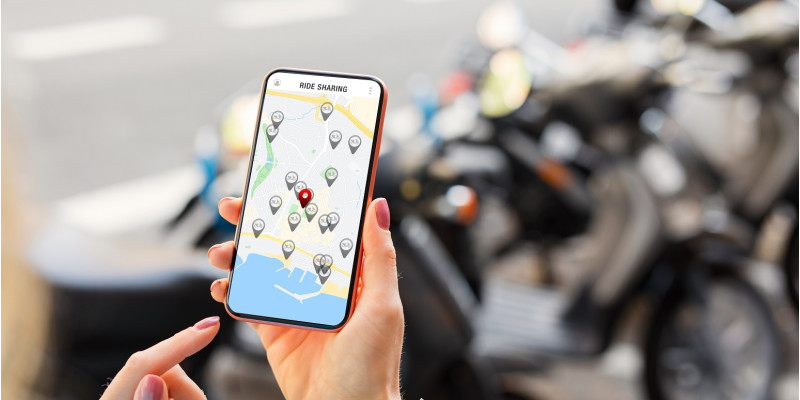Digitalisation has long since found its way into the transport sector and offers opportunities for more sustainable mobility. Digital mobility services make it possible to plan journeys by rented bike, train and bus. On-demand shuttles offer people living on the outskirts of cities better connections to the nearest train station. This can make travel more convenient, reach more people and reduce the need for private cars. However, there is also a risk that a growing supply of connected driverless cars could lead to their increased use at the expense of environmentally friendly modes of transport. This is because autonomous vehicles could then also be used by groups of people who do not yet own a car or are unable to drive themselves.
The study “Digitalisation in transport – potentials and risks for the environment and climate” commissioned by the UBA looks at these possible effects of digitalisation in transport and the corresponding opportunities and risks. This study shows that the advantages of digital solutions in transport should be available exclusively for sustainable mobility. How a corresponding legal framework could be designed was examined in the study “Digitalisation in transport – proposals for regulatory concepts and conditions for the realisation of sustainable mobility”. The study proposes regulatory options that take into account mobility, climate protection, energy efficiency, road safety, health protection as well as land and resource consumption.
The results of the study are summarised and prepared for decision-makers in the brochure "Digitalisation and automation of transport – Regulatory framework for sustainable development". Five building blocks are proposed for how digital services and solutions can strengthen public transport as the backbone of sustainable mobility. These include prioritising the use of autonomous driving in public transport, for example as a feeder service, and promoting multimodal mobility apps that use open, standardised mobility data in real time.
 Click to enlarge
Click to enlarge
